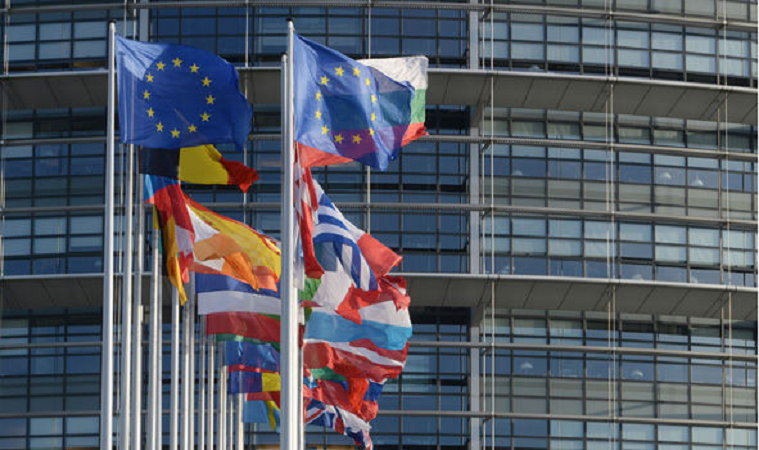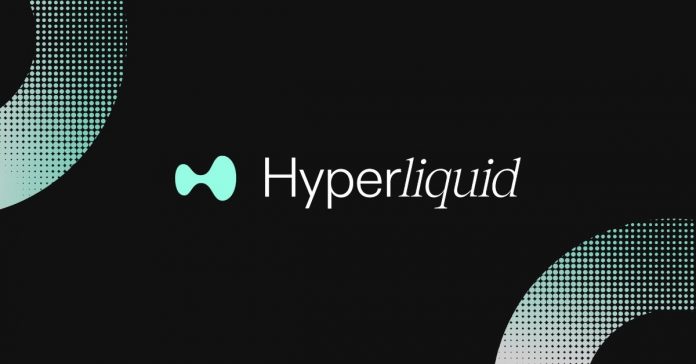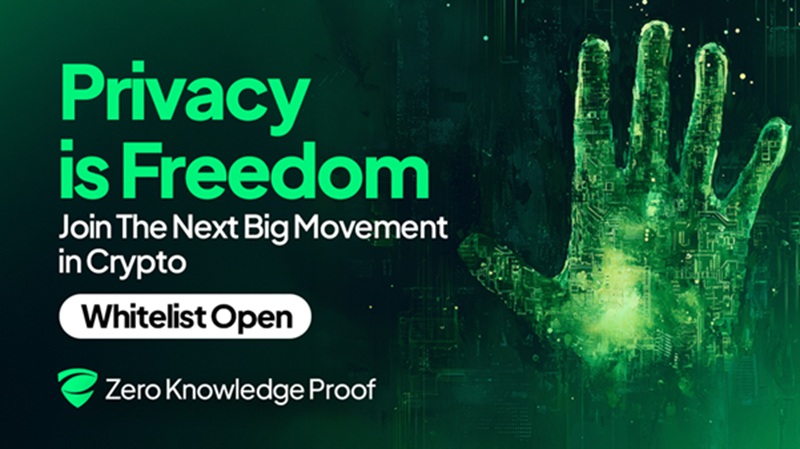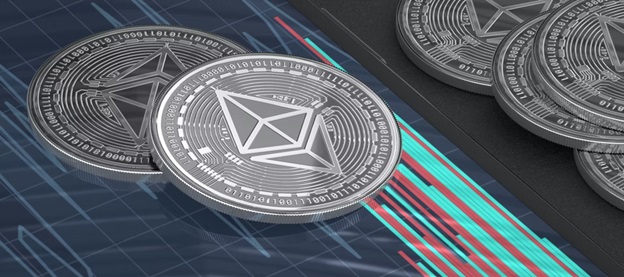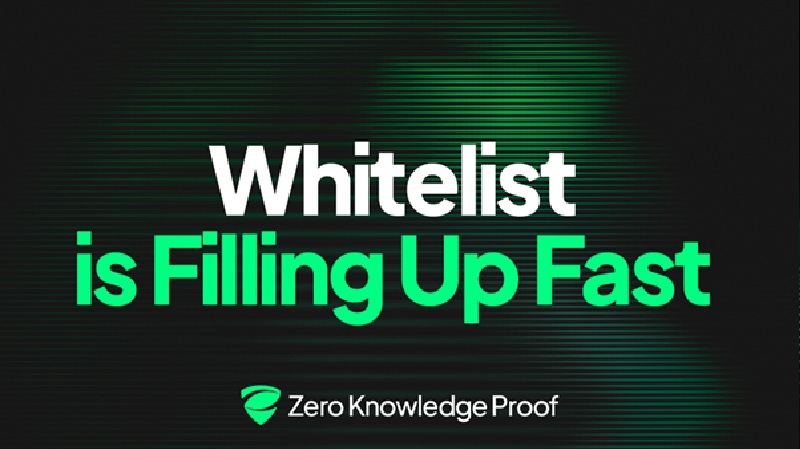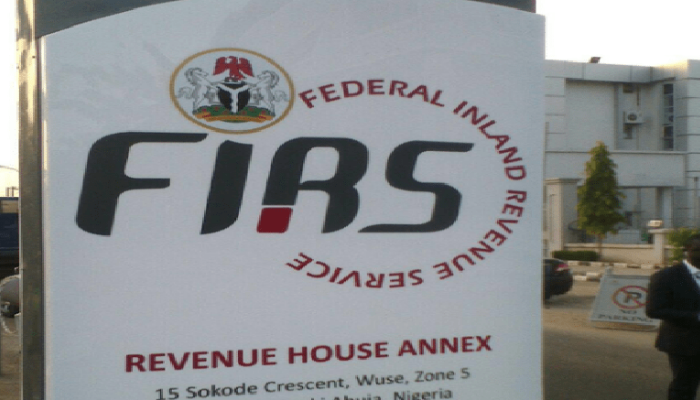The European Commission has intensified its scrutiny of Google by launching a detailed investigation into the company’s “site reputation abuse policy,” citing concerns that it may adversely affect publishers’ revenue and business operations.
According to the Commission, preliminary findings indicate that Google could be demoting websites and content from news media and other publishers when these sites include content from business partners, potentially impacting a common and legitimate way for publishers to monetize their websites and content.
The inquiry is examining whether the policy infringes on publishers’ freedom to conduct legitimate business, innovate, and collaborate with third-party content providers, raising questions about whether Google’s anti-abuse measures go beyond targeting spam to unintentionally or deliberately penalize lawful business practices.
Google describes the site reputation abuse policy as a measure designed to curb manipulation of search rankings, targeting websites that republish third-party content in an attempt to exploit high-ranking signals without creating original material.
Responding to the Commission’s investigation, Pandu Nayak, chief scientist of Search at Google, argued that the probe is “misguided and risks harming millions of European users.” He emphasized that a similar claim had been dismissed by a German court, which ruled that Google’s anti-spam measures were valid, reasonable, and applied consistently. Nayak added that the policy is essential to fighting deceptive pay-for-play tactics, helping to “level the playing field so that websites using deceptive tactics don’t outrank websites competing on the merits with their own content.”
If the investigation concludes that Google violated the European Union’s Digital Markets Act (DMA), Alphabet could face fines of up to 6% of its global annual turnover. For systematic infringements, the Commission could also impose structural remedies, including forced divestitures or restrictions on acquisitions linked to the violation.
This probe is part of a wider EU regulatory effort. In 2023, the European Commission designated Google Search as a “core platform service” under the DMA, granting it expanded powers to oversee the platform. Google is also under separate investigation for alleged self-preferential treatment of its own services, reflecting the EU’s broader push to curb dominance by Big Tech and ensure fair competition in digital markets.
The current investigation mirrors earlier EU actions against major technology companies, particularly in how platform policies can affect competition and publishers’ revenues. For example, the Commission has previously scrutinized Apple and Amazon over their App Store and marketplace policies, focusing on practices that favored their own services or imposed restrictive conditions on third-party businesses. These cases highlight the EU’s broader strategy of regulating core platform services to prevent market distortions and safeguard digital ecosystem fairness.
Similar to these past cases, the Google investigation goes beyond simple antitrust enforcement, aiming to evaluate how algorithmic policies and platform rules can unintentionally suppress innovation and legitimate monetization strategies. This approach signals a new phase in EU tech oversight, where regulators are increasingly considering not only market share but also policy design and its real-world impact on third-party businesses.
The inquiry underscores the challenges of publishers operating in a digital landscape dominated by a few tech giants, where platform rules can directly influence visibility, traffic, and revenue. The EU’s findings could reshape the dynamics between platforms, publishers, and users, potentially setting new precedents for how AI-driven content moderation and ranking policies are regulated across Europe.


